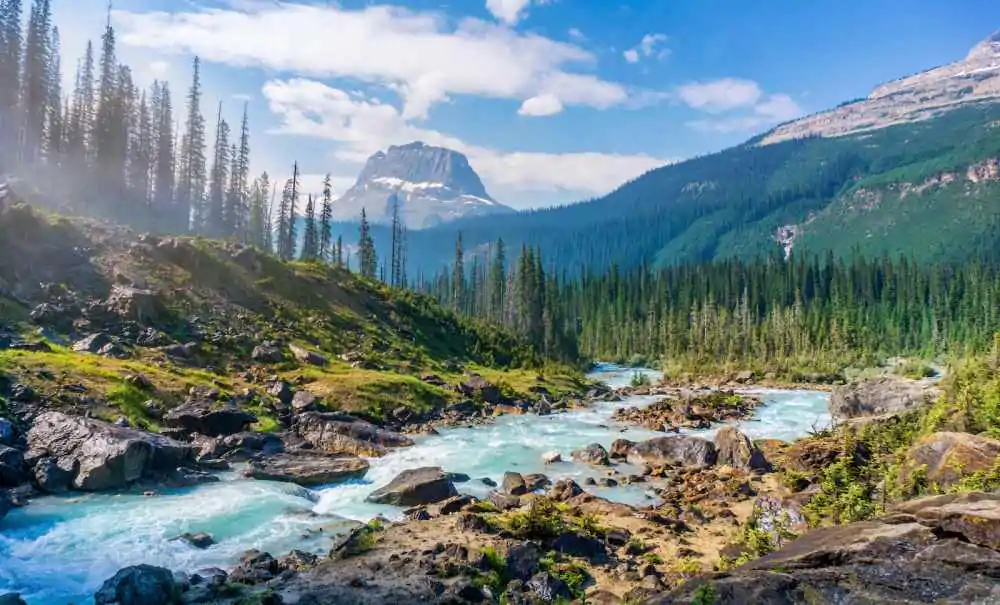Welcome back to Primary 4 Basic Science. Today, we’re going to explore Changes in Nature and how things around us transform in fascinating ways.
Objectives
By the end of this lesson, you should be able to:
- Explain what changes in nature mean.
- Identify the two types of changes in nature.
- Describe examples of temporary and permanent changes in nature.
Changes in Nature
Changes in nature are the effects of things in our environment becoming different from their original form. These changes can be temporary (reversible) or permanent (irreversible).
Types of Changes in Nature
There are two main types of changes in nature:
1. Temporary Changes
Temporary changes are changes that can be reversed or undone, like rewinding something to its original state. Examples of temporary changes in nature include:
- Melting ice: When ice melts into water, it can be frozen again to return to ice.
- Melting a candle: As the candle burns, the wax melts. When it cools down, it becomes solid again.
- Folding paper: You can fold a piece of paper, but you can unfold it to make it flat again.
- Stretching a rubber band: The rubber band stretches but returns to its original shape when released.
- Blowing up a balloon: When you blow air into a balloon, it expands, but when you let the air out, it goes back to its original size.
- Evaporation and condensation: Water evaporates into clouds and returns as rain, which can repeat in a cycle.
2. Permanent Changes
Permanent changes are changes that cannot be reversed or undone. Once these changes happen, they are final. Examples of permanent changes in nature include:
- Burning paper: When paper burns, it turns into ash and cannot become paper again.
- Growing up: A baby grows into an adult, and this growth cannot be reversed.
- Breaking a glass: When you break a glass, it shatters into pieces and cannot be made whole again.
- Rusting of iron: When metal rusts, it forms a new substance called rust that cannot be reversed to the original iron.
- Cooking food: When food like rice or an egg is cooked, it changes form and cannot return to its raw state.
- Decomposition of plants and animals: When living things decay, they break down into soil and cannot return to their original form.
Evaluation Questions
Let’s see how well you understand the lesson. Try answering these questions:
- What do changes in nature mean?
- What are the two types of changes in nature?
- Can you give an example of a temporary change?
- Can you give an example of a permanent change?
- How can we tell if a change is temporary or permanent?
- Can you think of other examples of changes in nature?
Conclusion
We learned that changes in nature can be temporary, where things return to their original form, or permanent, where changes cannot be undone. These changes help us appreciate the world around us, from melting ice to growing up. Keep observing the fascinating changes in nature! See you in the next lesson!









